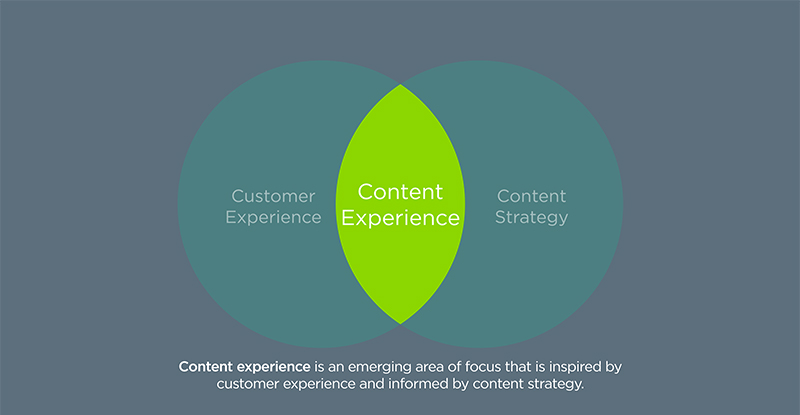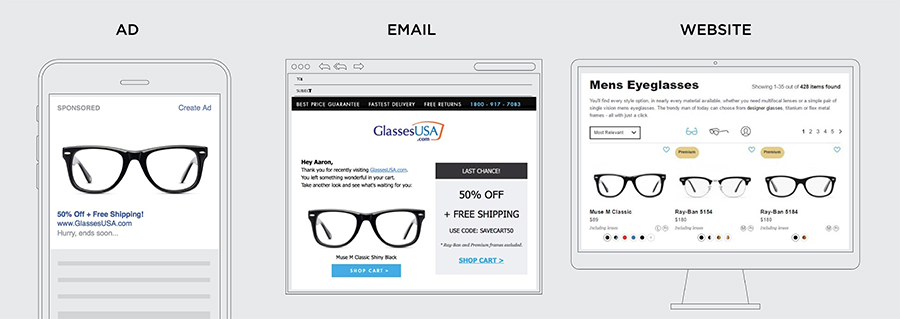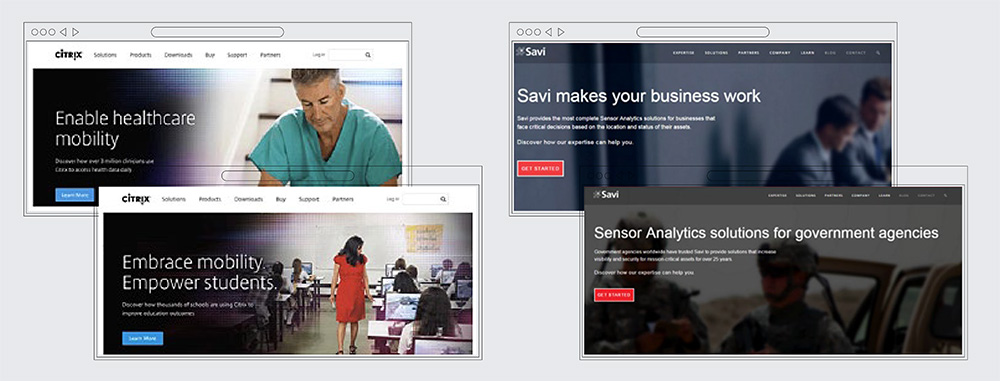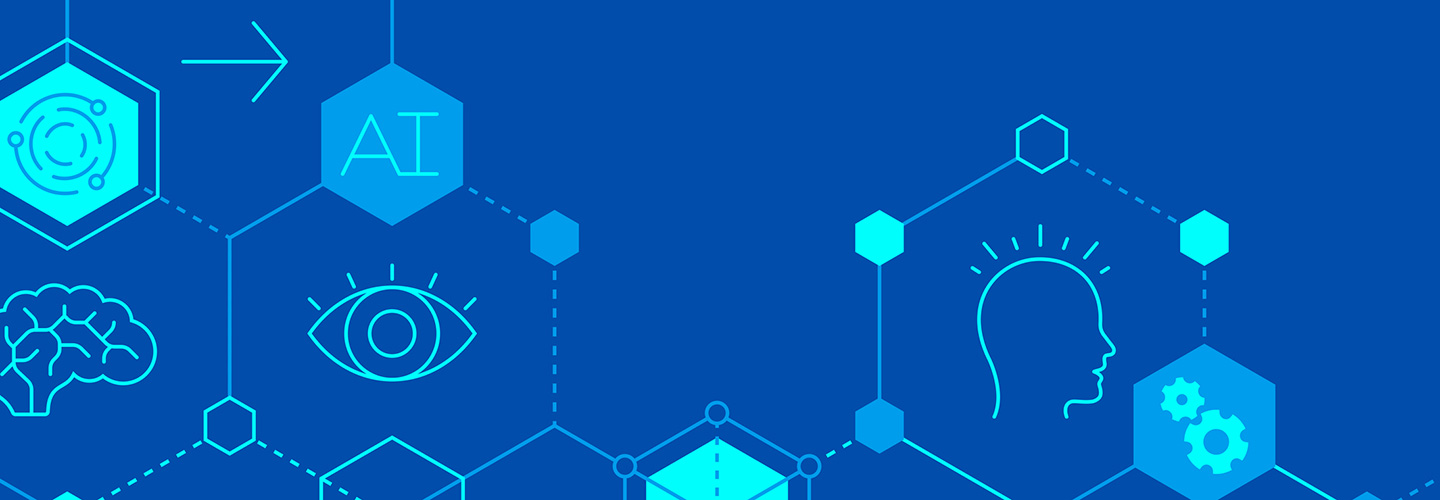Ever wonder why an IKEA store is designed the way it is? And why people so often leave with more items than initially planned? Yes, they’re intimately related.
The world’s largest furniture retailer has carefully curated one of the most immersive and innovative customer experiences in modern business. It all works together: the meandering showroom (a catalog in physical form); the simple, warehouse-style, pick-up system; the inexpensive refreshments; the eye-candy impulse-buys perfectly positioned at every turn. Shopping at IKEA fires the imagination, serves up relevant and contextual product information, and removes friction from the purchase process.

The IKEA experience is inspiration not just for retail managers seeking reinvention, but for B2B marketers who recognize that what worked 10 years ago is no longer cutting it. Because today, you can’t count on a single, kick-ass piece of content to drive success. You must design a superlative “content experience,” with content assets that are integrated and orchestrated, supporting and enhancing the customer journey at each step. Just like they do it at an IKEA store.
Let’s take a closer look at why content experience matters so much, and then define the key attributes of a great content experience.
What Is Content Experience?
Content experience takes its cues from the more mature disciplines of customer experience and user experience. A content experience is the sum total of the interactions someone has with your digital content and the impression it leaves them. To create a positive experience, you must optimize how users engage with your content—both to meet users’ needs and to meet business goals. A great content experience delivers the right information to the right person, in the right way, at the right time and on whatever device they’re using.
If this sounds similar to how some people talk about content strategy, it’s because the two are inextricably linked. A great content experience is an outcome of great content strategy. At Tendo, Content Strategy and Experience is a key service offering for that reason.

Why B2B Marketers Must Prioritize Content Experience
As a B2B marketer, content experience should be on your radar for two reasons. First, remember that its big brother, customer experience, has emerged as the competitive advantage for top brands.
Eighty-one percent of brands expect to compete mostly or completely on the basis of customer experience by 2019, according to the Gartner Customer Experience in Marketing Survey. Today’s customers expect companies to understand their needs and expectations. People want frictionless, personalized experiences. Content is central to every digital journey, every customer touch point. Content experience supports customer experience.
Second, recognize that content’s impact is diminished when marketers put their own goals ahead of the intended audience’s informational needs. Maybe that’s why 33% of marketing assets go unused or underutilized, according to an IDG study sponsored by Adobe. Content should always be produced strategically, with audience-value as its primary criteria.
The takeaway: Today’s marketers must look beyond transactional content, traditionally used to drive marketing-qualified leads (MQLs) for sales. Instead, they should broaden their purview to consider the full customer lifecycle; they must consider how their content assets can work together to inform and support the entire customer journey.
7 Qualities of a Great Content Experience
Now let’s define some of the attributes of a great content experience. As you review your organization’s library of content resources—from thought leadership ebooks to website product pages— ask yourself if, collectively, they reflect these seven qualities.
1. Helpful:
The fundamental reason to produce content is to help prospects and customers satisfy their informational and transactional needs—and help them achieve their business goals.
By setting goals and KPIs for each piece of content, you can measure whether it is having the desired effect. A great approach is to use a content scorecard to evaluate your content, both quantitatively and qualitatively.

2. User-centric:
Put your users at the heart of every piece of content. You need to understand how they think and make decisions, what they are trying to achieve, and how they would go about it. When crafting a content experience, the process should start and end with the questions, who is the audience and what is their goal? The answers become the driving criteria for all downstream decisions; they should inform each step of the content creation process.
As you develop your buyer personas with content experience in mind, remember that personas are not segments—they are multidimensional representations of real users or customers.

3. Contextual:
Always consider the circumstances and setting in which your audience is engaging with your content. For example, a user viewing your site on a mobile device may well be looking to locate your offices or contact you. They expect to be able to make a call or locate your business with a single click.
To break through with the right message at the right time, you can serve up contextual, personalized content based on the type of device, time of day, location, journey stage, relationship with your company, or other factors. Giving thought to context is critical to delivering excellent content experiences. The example below shows us what contextual content looks like.

4. Connected
Ideally, content should in some way acknowledge and connect to the user’s preceding and following circumstances—from where they arrived and to where they will go (i.e., suggesting a path forward). Content experience is not just about the content itself, but the connective tissue between content types: campaign pages, social posts, banner ads, assets, chat, IoT, kiosk display content, even customer service talking points.
The eyeglasses example below illustrates this principle: We see a progressive experience from ad to website. When we know a user has clicked the ad, we recognize their interest, and we can progressively add more information—and incentives—to the conversation. We’re building progressive experience based on what we know about the user.

5. Organized:
Are you designing and arranging complex information in the best way to meet your audience’s needs? Informational elements should be sequenced intuitively and logically, based on the user’s top tasks for a given page or section. Users should have a degree of control, a range of choices, and overall flexibility as they proceed through your website or content. Always try to frontload information. Don’t make users work hard to understand or find something!
6. Easy to understand:
An intuitive interface and environment is integral to a well-crafted content experience. That means incorporating the principles of user experience whenever possible.
7. Targeted and personalized:
As we stated above, B2B content should always be written with a buyer persona in mind. When you understand your audience—their industry, role, behaviors, or preferences—you can serve up relevant content that resonates and converts.
Better yet, it can be personalized for each user. Not every piece of content needs to be personalized to deliver a great experience, but the rise of marketing personalization means that you have powerful new options to deliver helpful, contextual content. Depending on your martech tool, you can serve up personalized content by journey stage, time and place, industry, and much more.
In the example below, a homepage displays different hero banners for visitors who work in education versus healthcare or government.

Putting Content Experience into Practice
Content experience is not just another marketing buzzword that will rise and fade. It’s an evolution of our field that reflects a more sophisticated understanding of how people interact with content holistically to meet their needs. It taps wisdom from the worlds of user experience and customer experience and applies their best practices to content.
If the term “content experience” still feels amorphous to you, don’t worry. For now, let the high-level concepts sink in and become part of your mindset for content creation.
Focus on these three tips:
- Think bigger, and not just focused on individual campaigns or content assets.
Consider the end-to-end experience you are creating and optimize how users engage with your content. - See and understand the connections between content assets. Content should be orchestrated to support the customer journey at each step.
- Focus on the user and their needs to deliver the right content at the right moment. Think of your user’s preferences and goals at every juncture.
Download Our eBook
Read Tendo’s free ebook for content strategists and content marketers on how to optimize the content experience for your customers and prospects. We explore the fundamentals, share additional examples, and articulate the steps to optimize digital experiences for your customers, step by step.
And keep checking the Tendo Blog, where we continually explore different processes and tools to optimize content experience—like content audits and content models—and share concrete examples of content experience done right for B2B companies.









